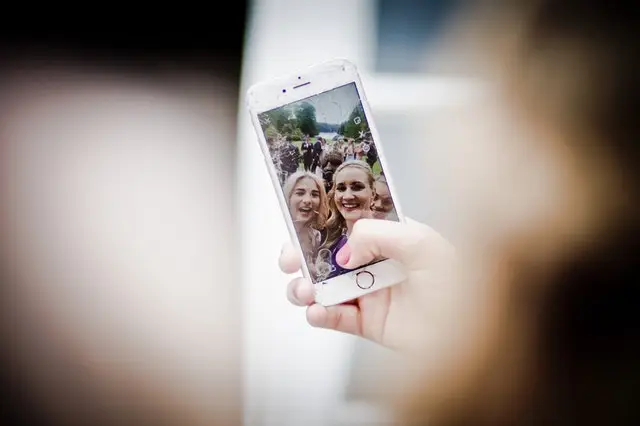In my previous post, I discussed how influencer marketing will become a prominent marketing tactic in 2020. In this post, I would like to share what is working and what influencer marketing needs to do to become a trusted channel.
Designing an effective influencer-based campaign must take into account the objectives of the campaign, whether it is a product or service, and the length of the product purchase cycle. As a result, execution varies. However, a clear consensus is emerging that the most successful campaigns focus on co-developing content, where the influencers are given the flexibility to determine the right way to introduce their audience to the sponsor’s brand. In these instances, brands work with influencers to design content that interacts with their product or service in an entertaining or informative way. When done well, the influencer’s credibility transfers onto the sponsor’s brand. A great discussion on this can be found on Scott Guthrie’s podcast.
A Successful Influencer Marketing Campaign
One example of an influencer campaign that I really love is the Liquid- Plumr “Will it clog” campaign. In this campaign, Liquid-Plumr worked with Vat19 to create funny and interesting clogs for Liquid-Plumr to tackle, like a pile of gummy bears. For Vat19’s audience, this was completely aligned with their theme of creating entertaining experiments. For Liquid-Plumr, not only was it great brand exposure, but it also built significant brand trust among viewers. As the challenges became more and more insane, viewers were impressed with how effective the product was at tackling tough clogs. I recently had the opportunity to hear Bryan Clurman, brand manager for Liquid-Plumr, share the team’s experience, and the lift in sales he showed was impressive.
I assume Liquid-Plumr detected the increase in sales because it was an impressive viral campaign lifting historically flat sales. In this aspect, this case is atypical. Many influencer campaigns are effective, but struggle to show it. Ask a typical marketer working on influencer campaigns and they will confess their most pressing challenge is measuring impact. Currently, most common attribution metrics rely on the same pixel/cookie-based tracking that has been used for digital ads over the last two decades. While this method has some clear benefits, we also know that there is usually a non-trivial gap between actual impact and that which can be directly attributed using cookies. (Let’s forget, for the moment, that the industry-wide death of cookies has already begun.) In my experience, this gap increases with longer sales cycles or when driving brand recognition is the primary goal, as opposed to immediate sales. The further the sale is from the ad exposure, the greater the chance that direct attribution will be lost.
The Magic of the Middle Funnel
An important part of the total ROI solution lies in the middle of the sales funnel. Activities here are closer to the initial ad/brand exposure. For example, assume you are looking for a washing machine for a new home, where your actual purchase may not happen for weeks. While conducting research, you come across a recommendation from a trusted influencer. You interact with the content and may click on a link to the brand website. There, you might look at reviews and product features, but you are still not ready to purchase. These engagement activities have economic value. We know this, because as engagement with a brand increases, sales should increase. However, middle of the funnel measurement is often neglected.
While paying more attention to middle funnel metrics is one step, the other is generating more compelling middle funnel activities. If an effective influencer campaign leads to a clickthrough, can the brand extend that co-branded experience on its own digital property? Not only will that cobranded experience keep the viewer engaged, it is also great for ROI tracking. Even if pixel tracking is lost at this stage, a statistical algorithm can now be employed to correlate the increase in co-branded engagement with eventual sales.
“The truth of the matter is, influencer marketing does not have a measurement challenge. Influencer marketing ALSO has a measurement challenge.”
What that means is there is nothing uniquely perplexing about influencer marketing ROI. However, influencer marketing is still very new and therefore, the burden of proof is higher. As with all successful marketing ROI plans, it requires a focused approach that clearly defines the objectives and actively seeks opportunities to encourage measurable engagement.




